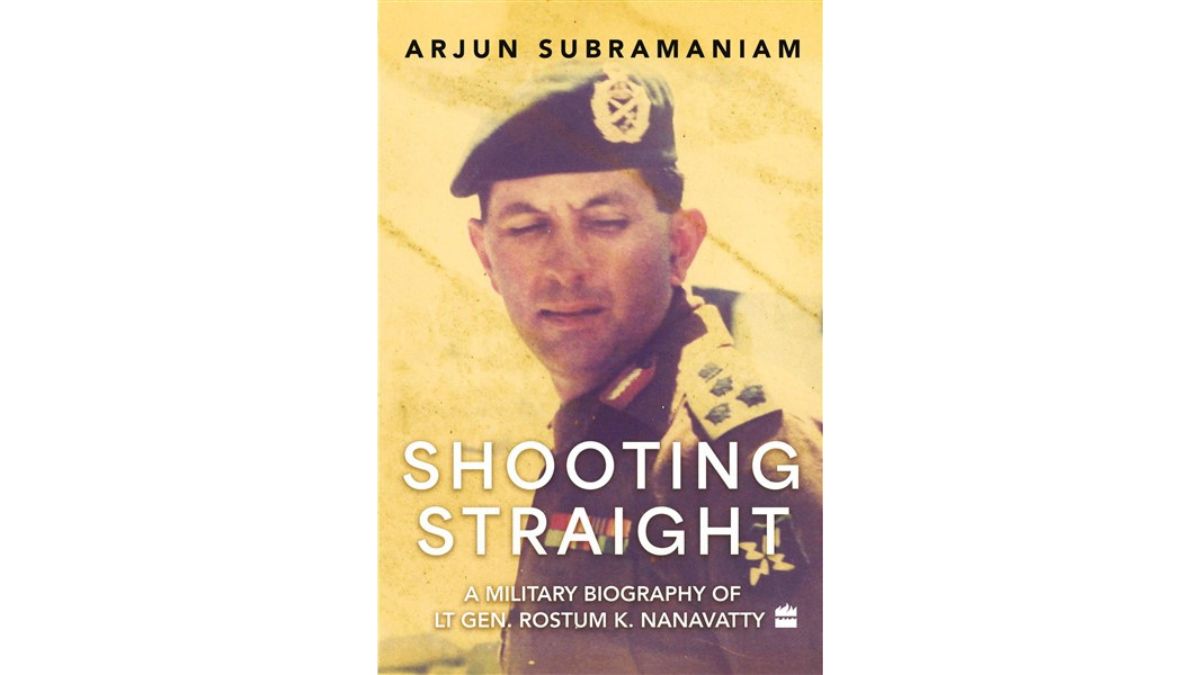'Shooting Straight' book review: A no-nonsense portrait of a soldier par excellence

There are some gentlemen officers who help erect the edifice of expected military conduct in the annals of a country’s military history.
These are the fighting men who shape the character of a nation’s military, setting the gold standards of soldierly behavior, both at the personal and the organisational level, with shining examples.
The life and times of such soldiers become all the more relevant because they have truly been there and done that—from the icy heights of Siachen, the Kashmir terror theatre, and the Sri Lankan civil war, to the insurgency-plagued swathes of Nagaland, Manipur and Tripura.
Military historian Air Vice Marshal (retd) Arjun Subramaniam’s well-researched biography ‘Shooting Straight’ is on one such soldier—Lieutenant General Rostum K. Nanavatty (commissioned on December 29, 1962, and retired on May 31, 2003).
“I was more concerned with what my ‘command’ thought of me than my superiors. I looked ‘down’, not ‘up’ for satisfaction,” Nanavatty told the author, describing one aspect of what ‘soldiering’ meant to him.
No wonder the General found widespread and easy acceptability among the Gorkhas he led. One of them would say this about him: “Humari jaan, unki jaan thi” (our life was his life), which is not an easy compliment from men known to be among the grittiest of fighters.
Yet, it was not just among his men that General Nanavatty commanded respect.
His proclivity for talking straight, leadership abilities, and strategic vision, shaped by his ground zero operational experience, all contributed to his becoming a much-respected soldier.
An interesting facet of the soldier’s personality has been his ability to foresee issues that occupy strategists now—like the importance of small-team special operations, or of an integrating brigade-size offensive formation equipped with a range of assets.
His numerous instances of plain speak, recorded officially, event at times such as the 1962 border conflict with the Chinese (“what is this, if not fumbling and disorder at the top, a complete lack of foresight and planning?”) would continue to define his professional character attracting a lot of admirers and the odd critic.
Written in a lucid and interesting style, ‘Shooting Straight’ is not only about the General, but also about operations, tactics and strategy in diverse domains and landscapes. Subramaniam also does not baulk away from recording instances where Nanavatty’s ideas and tactics have been criticised. It is also worth noting that the author's task could have been made easier by Gen Nanavatty’s well-recorded notes in his neat and crisp handwriting.
In short, the novel is a must-read for military history buffs, social scientists and soldiers in the field.
Books Review